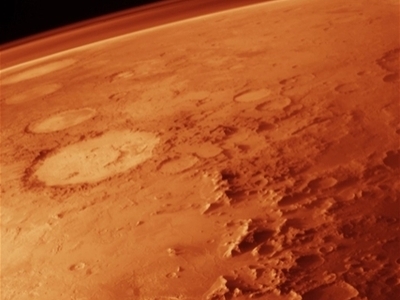OF THE
TIMES
Yes, it is kind of funny, since Bribem is a clown show. A dead worm from RFK, Jr's brain? My first response, who put it there? Is it connected to...
Can cats and dogs be vegan? This is a narrative. Why does it even matter? Clearly dogs and cats are carnivores. If they have a choice they will...
The narrative. Covid is real, but the vax is "non-effective" or worse. We know that the original plandemic until December 2021 used the PCR as the...
I don't read every SOTT article. The word "odd" like "sudden death" attracts my attention. What makes it "odd"? Quote: " And instead of occurring...
Well, if the editors repeated the article, I will also repeat my comment. "What are we to make of this? After all, Americans are constantly being...
To submit an article for publication, see our Submission Guidelines
Reader comments do not necessarily reflect the views of the volunteers, editors, and directors of SOTT.net or the Quantum Future Group.
Some icons on this site were created by: Afterglow, Aha-Soft, AntialiasFactory, artdesigner.lv, Artura, DailyOverview, Everaldo, GraphicsFuel, IconFactory, Iconka, IconShock, Icons-Land, i-love-icons, KDE-look.org, Klukeart, mugenb16, Map Icons Collection, PetshopBoxStudio, VisualPharm, wbeiruti, WebIconset
Powered by PikaJS 🐁 and In·Site
Original content © 2002-2024 by Sott.net/Signs of the Times. See: FAIR USE NOTICE

Reader Comments
to our Newsletter